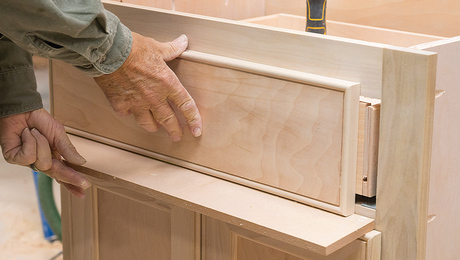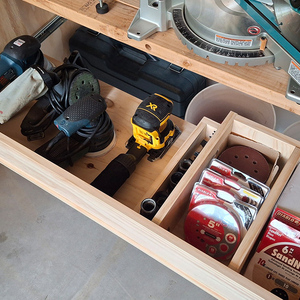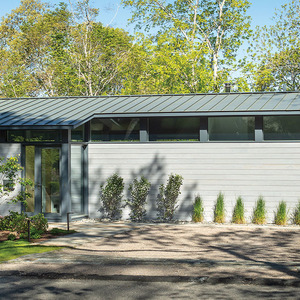anybody know about ” acralastic coat ” as a final coat for a traditional stucco exterior? Is it worth the extra cost? the house is in the Chicago suburbs. Thanks
Discussion Forum
Discussion Forum
Up Next
Video Shorts
Featured Story

From building boxes and fitting face frames to installing doors and drawers, these techniques could be used for lots of cabinet projects.
Featured Video
Video: Build a Fireplace, Brick by BrickHighlights
"I have learned so much thanks to the searchable articles on the FHB website. I can confidently say that I expect to be a life-long subscriber." - M.K.
Fine Homebuilding Magazine
- Home Group
- Antique Trader
- Arts & Crafts Homes
- Bank Note Reporter
- Cabin Life
- Cuisine at Home
- Fine Gardening
- Fine Woodworking
- Green Building Advisor
- Garden Gate
- Horticulture
- Keep Craft Alive
- Log Home Living
- Military Trader/Vehicles
- Numismatic News
- Numismaster
- Old Cars Weekly
- Old House Journal
- Period Homes
- Popular Woodworking
- Script
- ShopNotes
- Sports Collectors Digest
- Threads
- Timber Home Living
- Traditional Building
- Woodsmith
- World Coin News
- Writer's Digest


















Replies
If we're talking about a synthetic color coat, the key is proper installation. Done right, the synthetics are great, done wrong, they're a nightmare.
Most importantly, the substrate has to be sound, the exterior details well constructed, and the interior moisture control 100% right.
Portland cement based color coats are highly permeable. Most synthetics are not very permeable at all. If you have a moisture vapor problem, the synthetics can give you trouble. Otherwise, they are a long-lasting and attractive alternative.
DRC
Mr. Crosby. the framing is 2x6 studs with plywood {fir} sheathing. My only concern is that the framers used tyvek, not the stuff theyre marketing for stucco. As far as moisture content, this being new const. would that matter when applied? Thanks for the info. all responses would be appreciated. Petey
I'd hit the Tyvek website for a phone number and call the manufacturer directly for an opinion on the housewrap. I've never used it under stucco, so I couldn't say. I'm a big fan of two layers of Grade D paper.
As for moisture, you actually bring up a good point which I had not intended in the original reply.
By moisture, I am referring to the amount of humidity that will be generated inside your home by cooking, cleaning, showers, heating, breathing. All of this moisture in a well constructed home exits by some means. In a poorly constructed home, the moisture vapor can condense on the inside face of exterior walls and the inside of roofs.
When moisture vapor condenses on the inside face of exterior walls that have synthetic stucco, the results are not desirable. The repair cost can be astronomical, and the contractors liability insurance may not cover it (mine doesn't).
Generally, this should not be a big consideration in new construction performed by a competent builder. We're supposed to know better.
The point I think you bring up -- the dryness of the framing lumber -- is actually a good one. Stucco is only as good as the substrate. If the lumber warps, the stucco cracks. Take a look at the grade stamp on the framing lumber. If it says S-DRY or KD, and it doesn't rain a real lot where you are right now, you probably don't have anything to worry about. I'd only be concerned if the lumber was stamped S-GRN.
Properly applied, stucco is one of the most durable sidings there is. Improperly applied, it's trouble. Before you start, you could check the reputation of the stucco sub, and certainly talk with your builder about your concerns directly. Any good builder appreciates an informed client.
Please let us know how it goes.
DRC